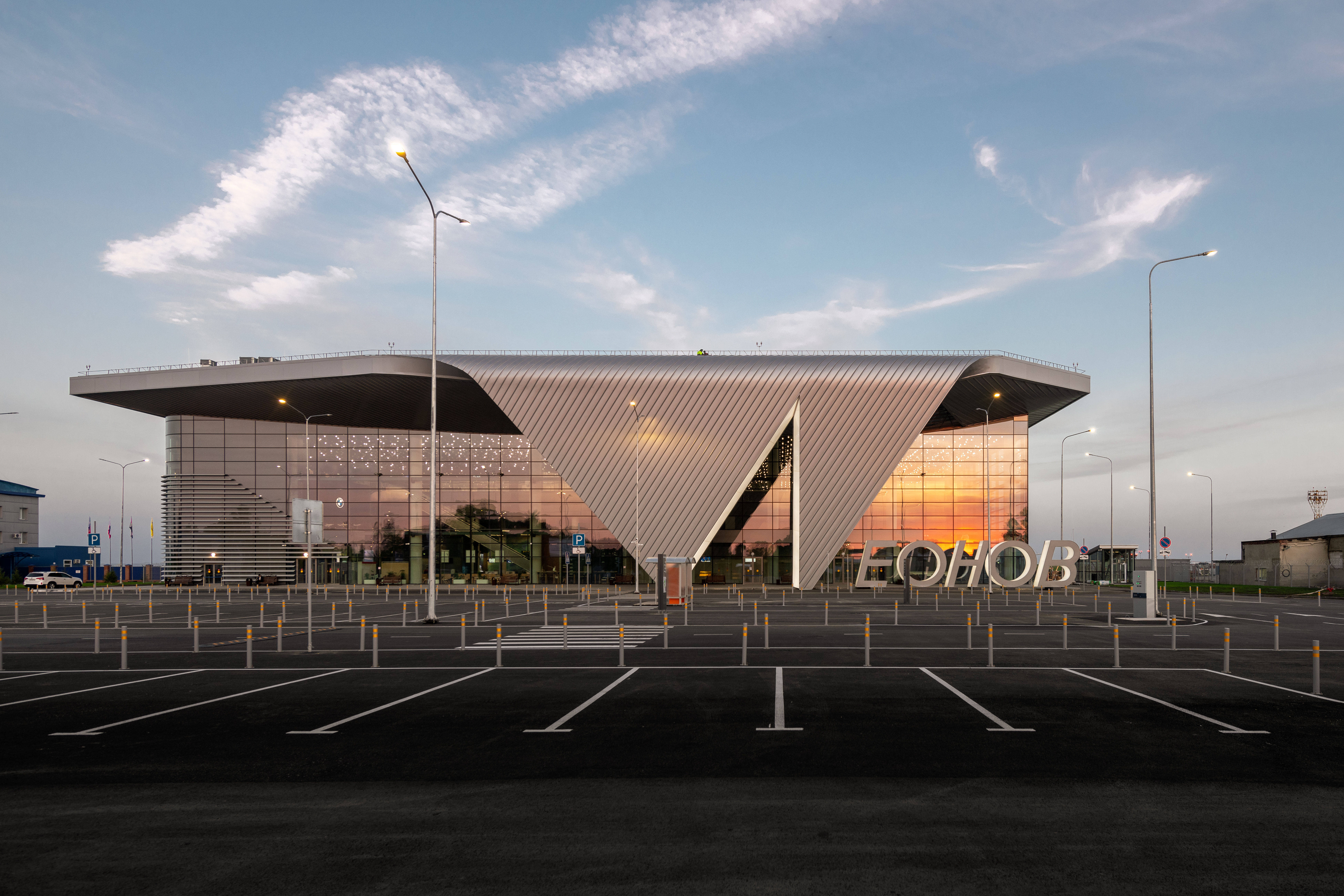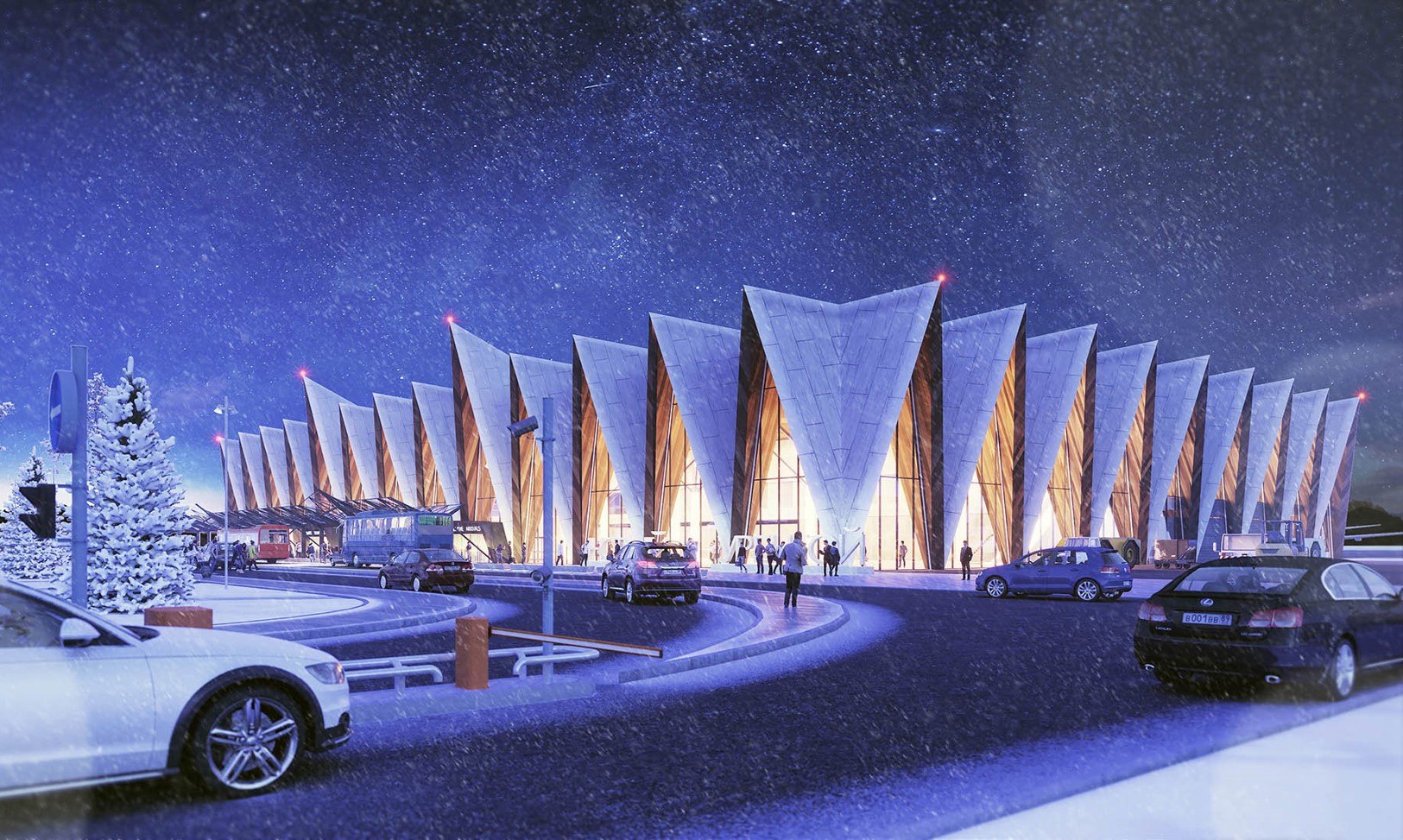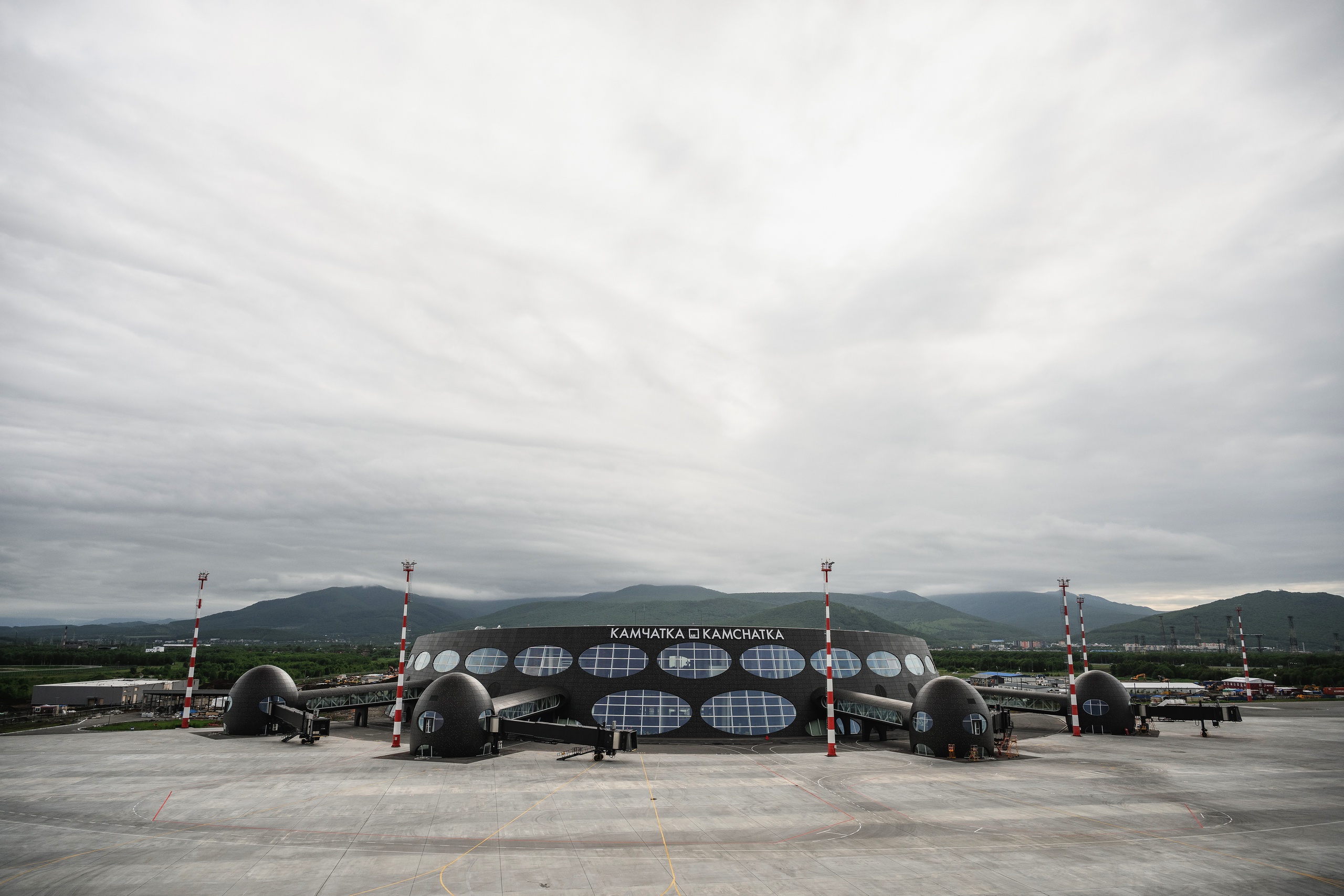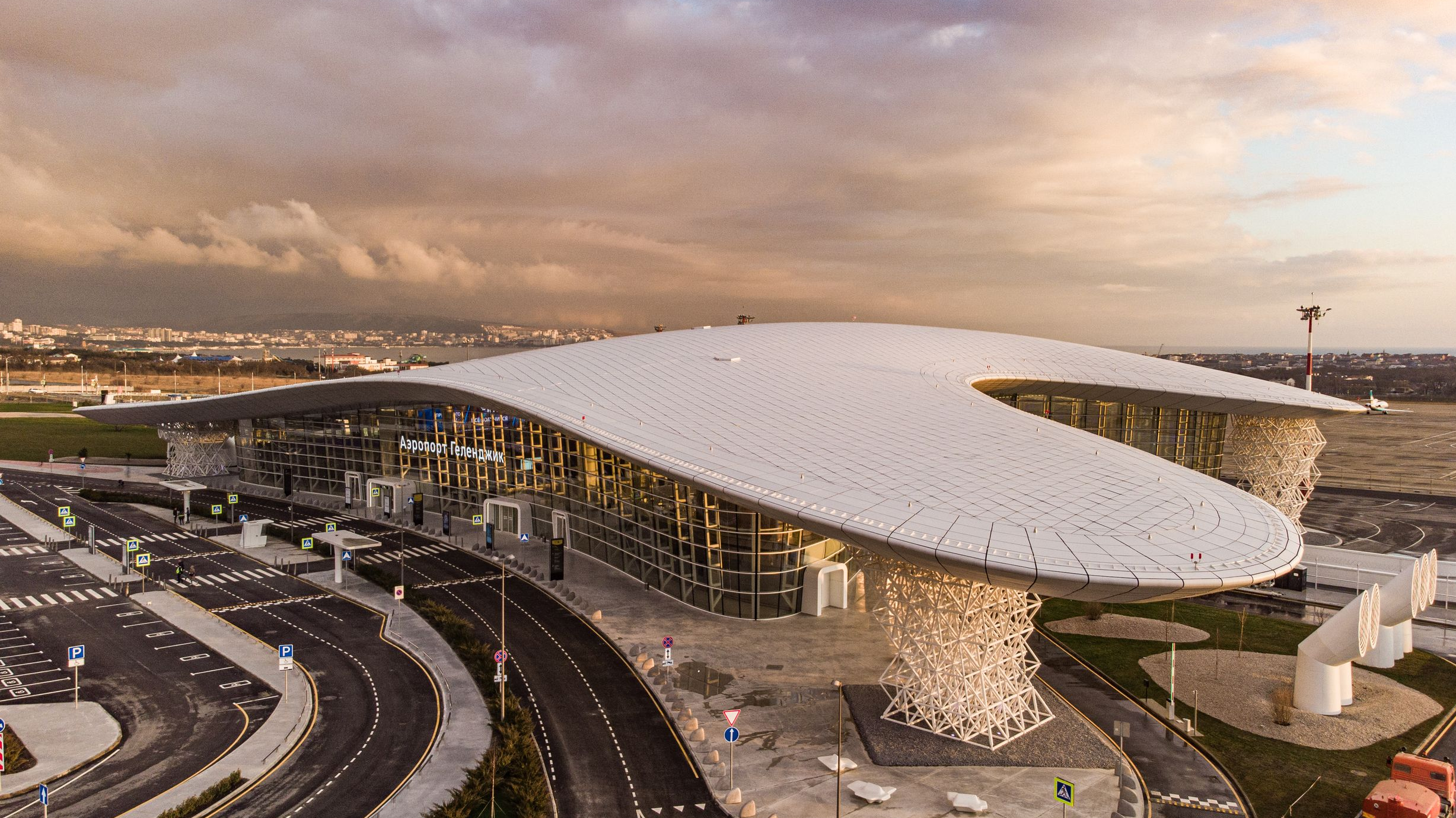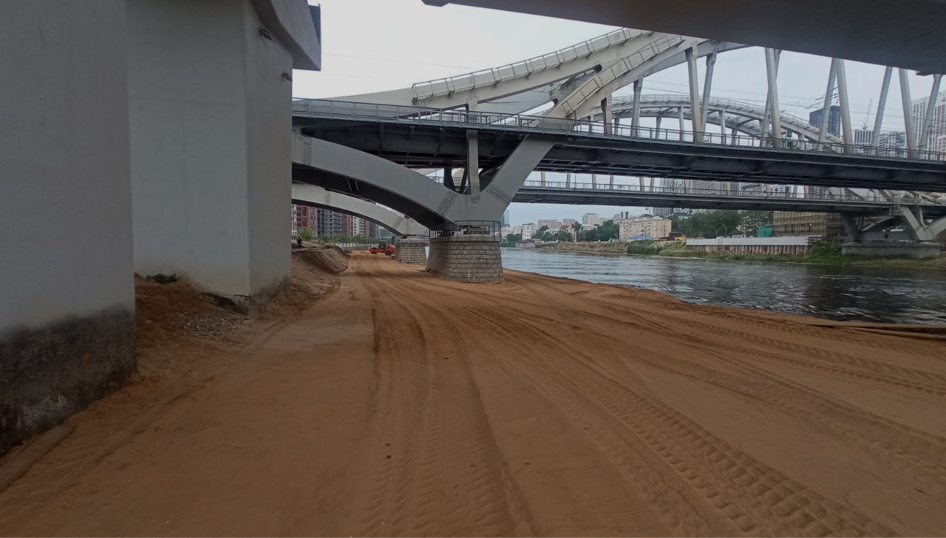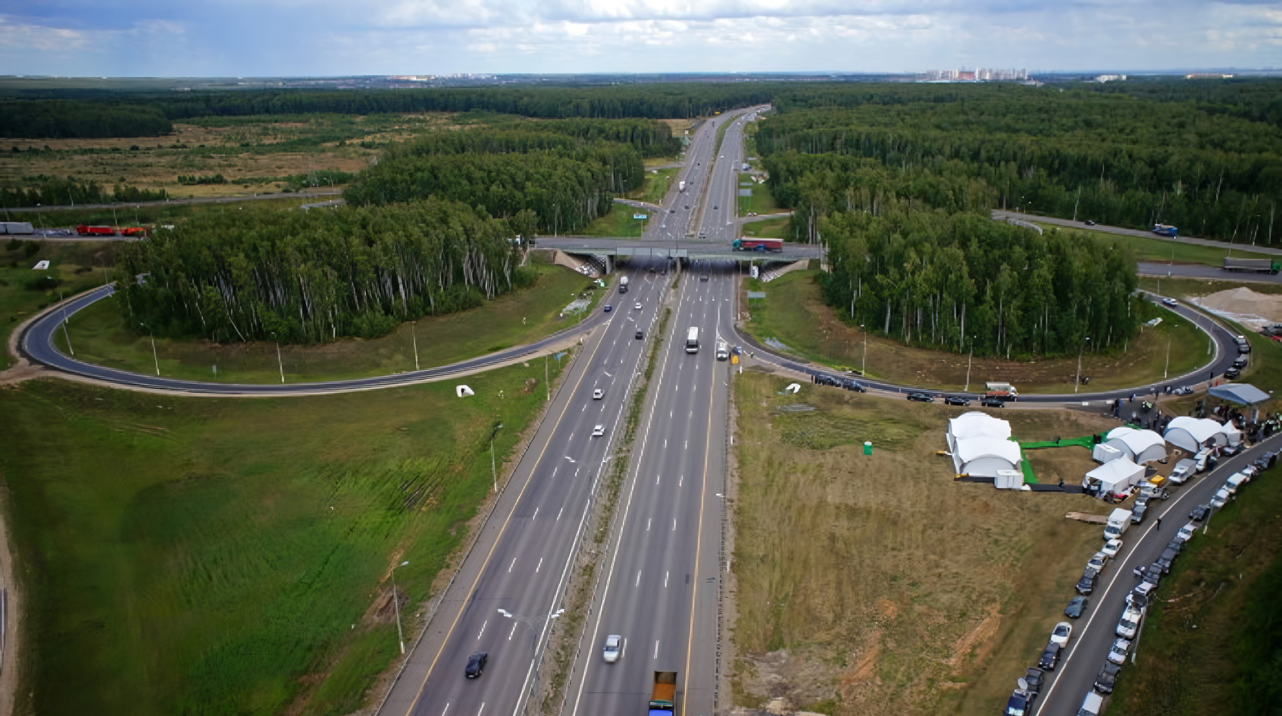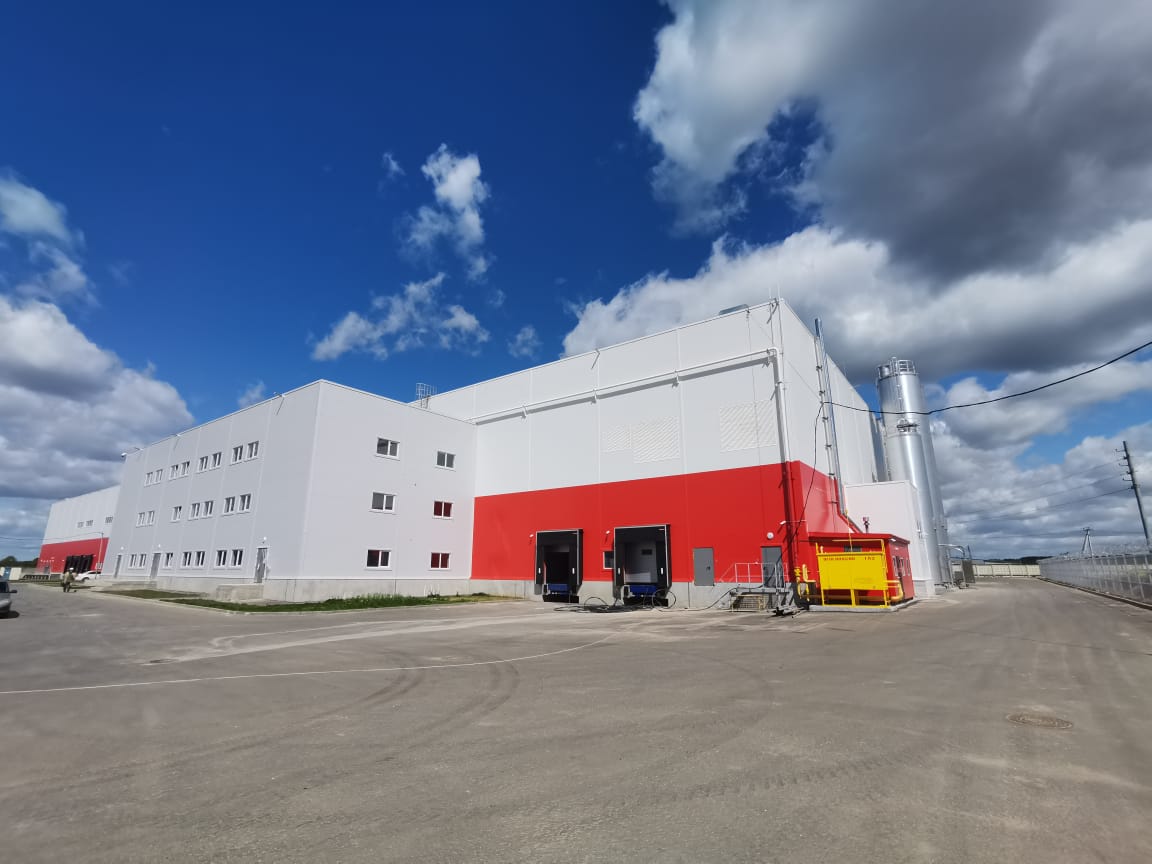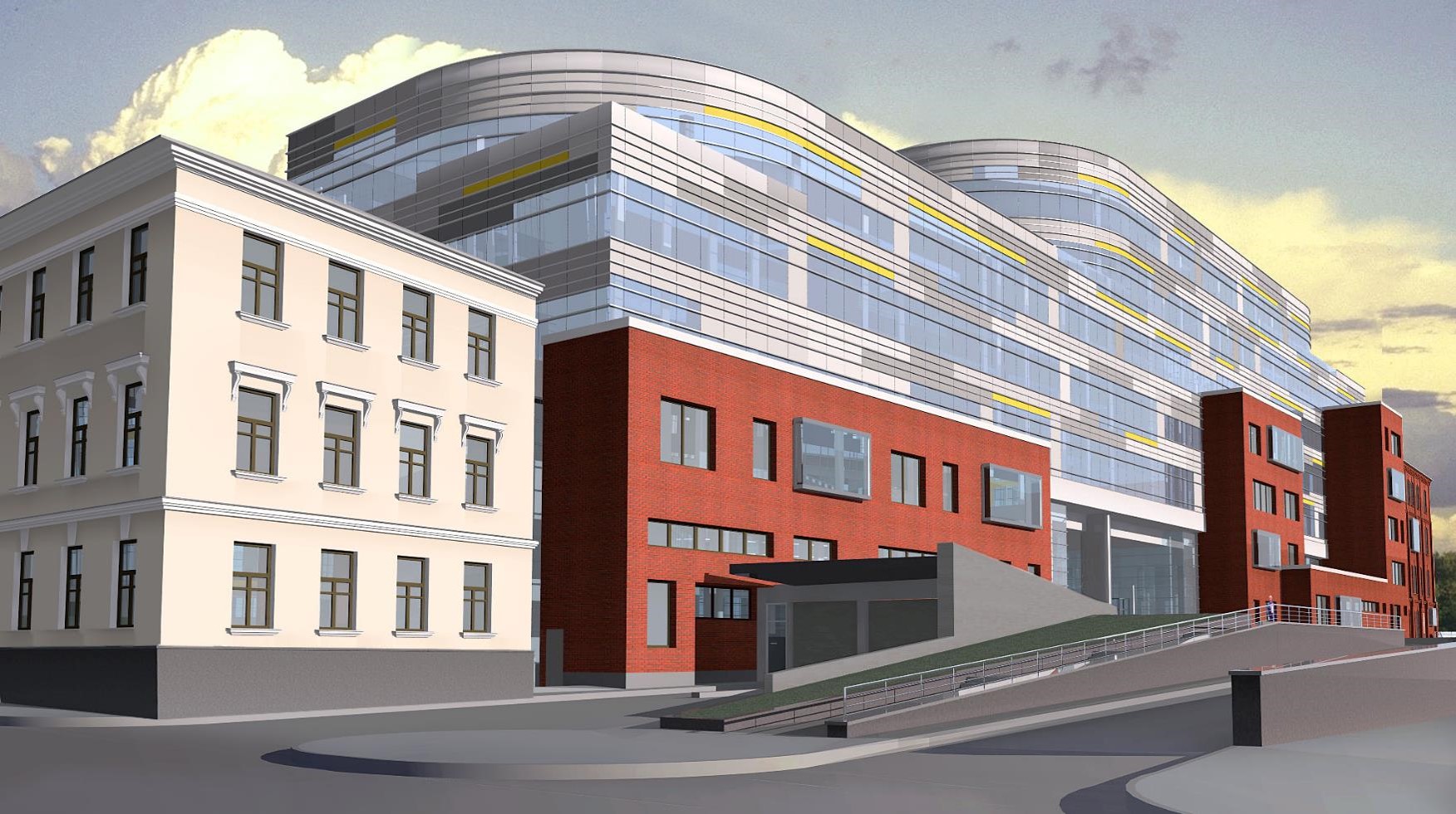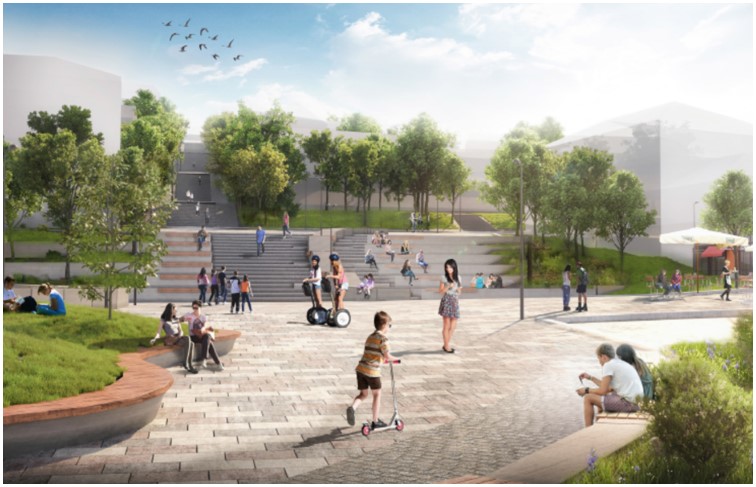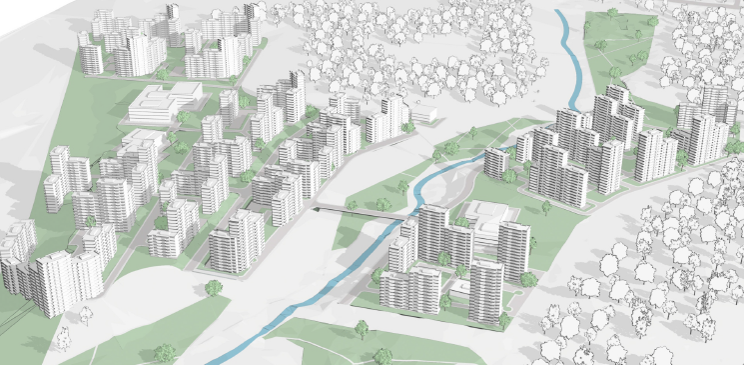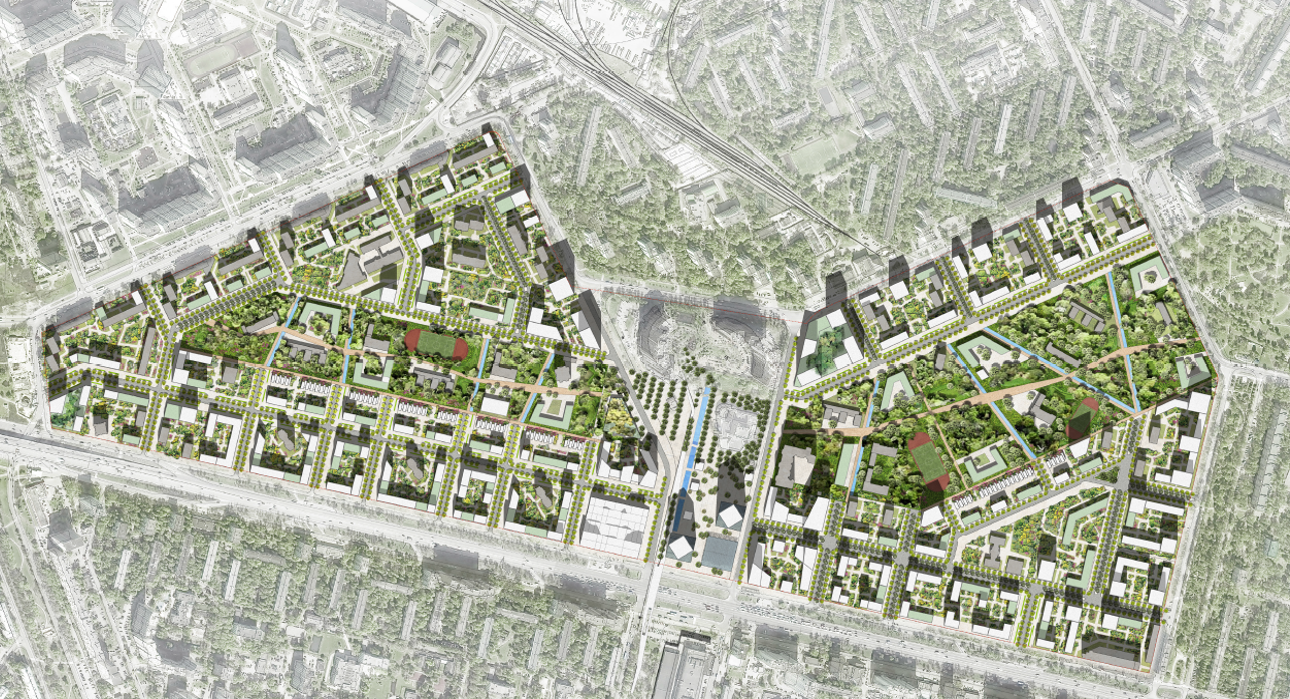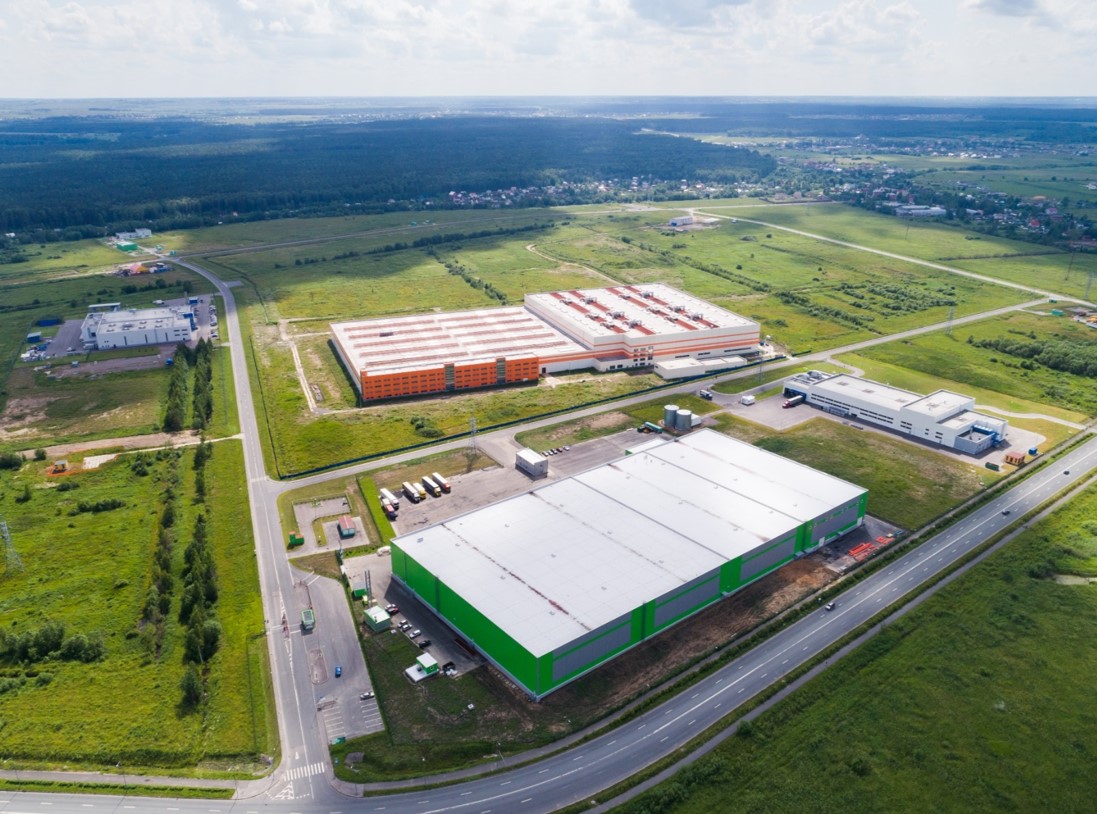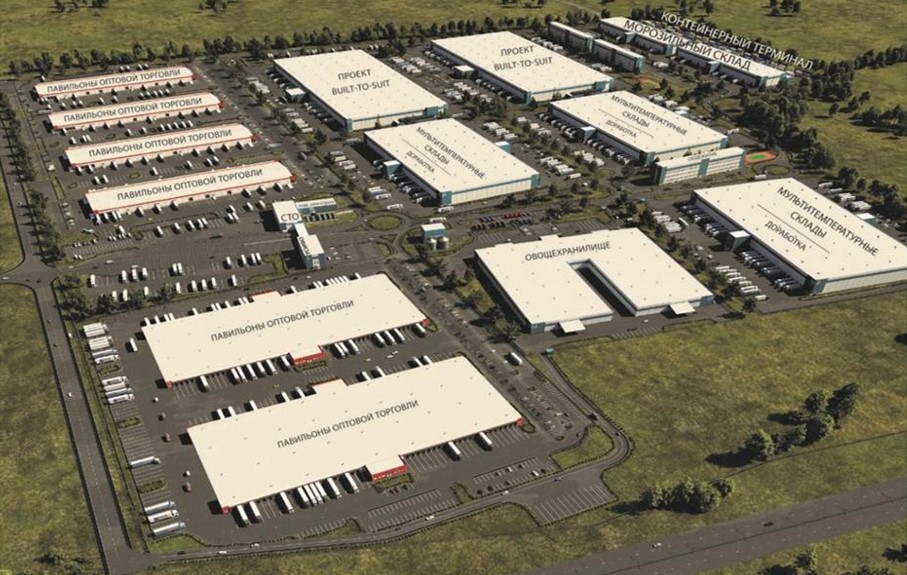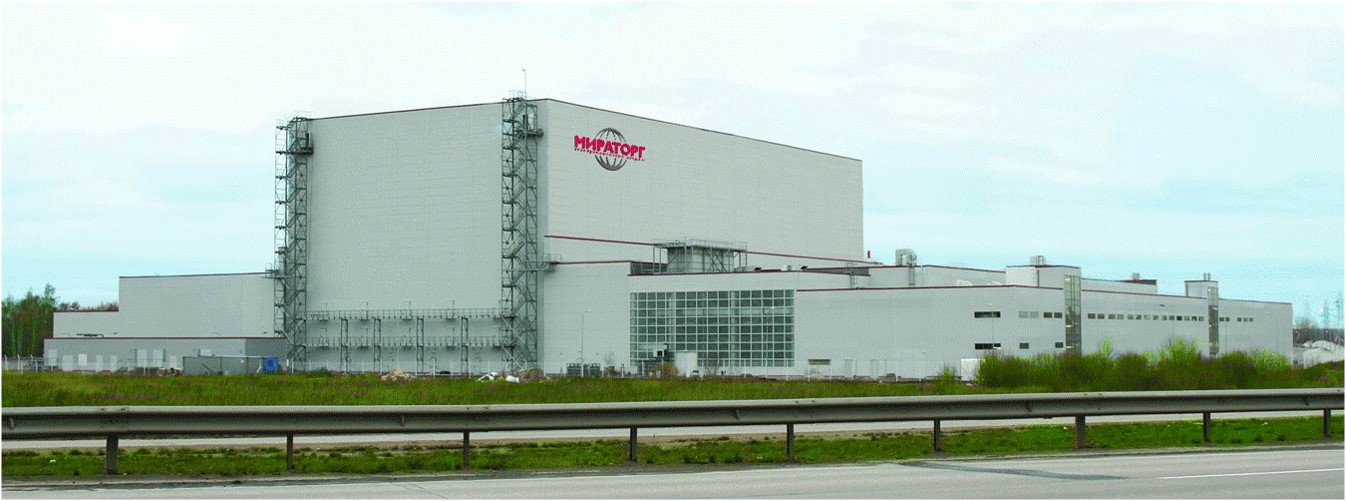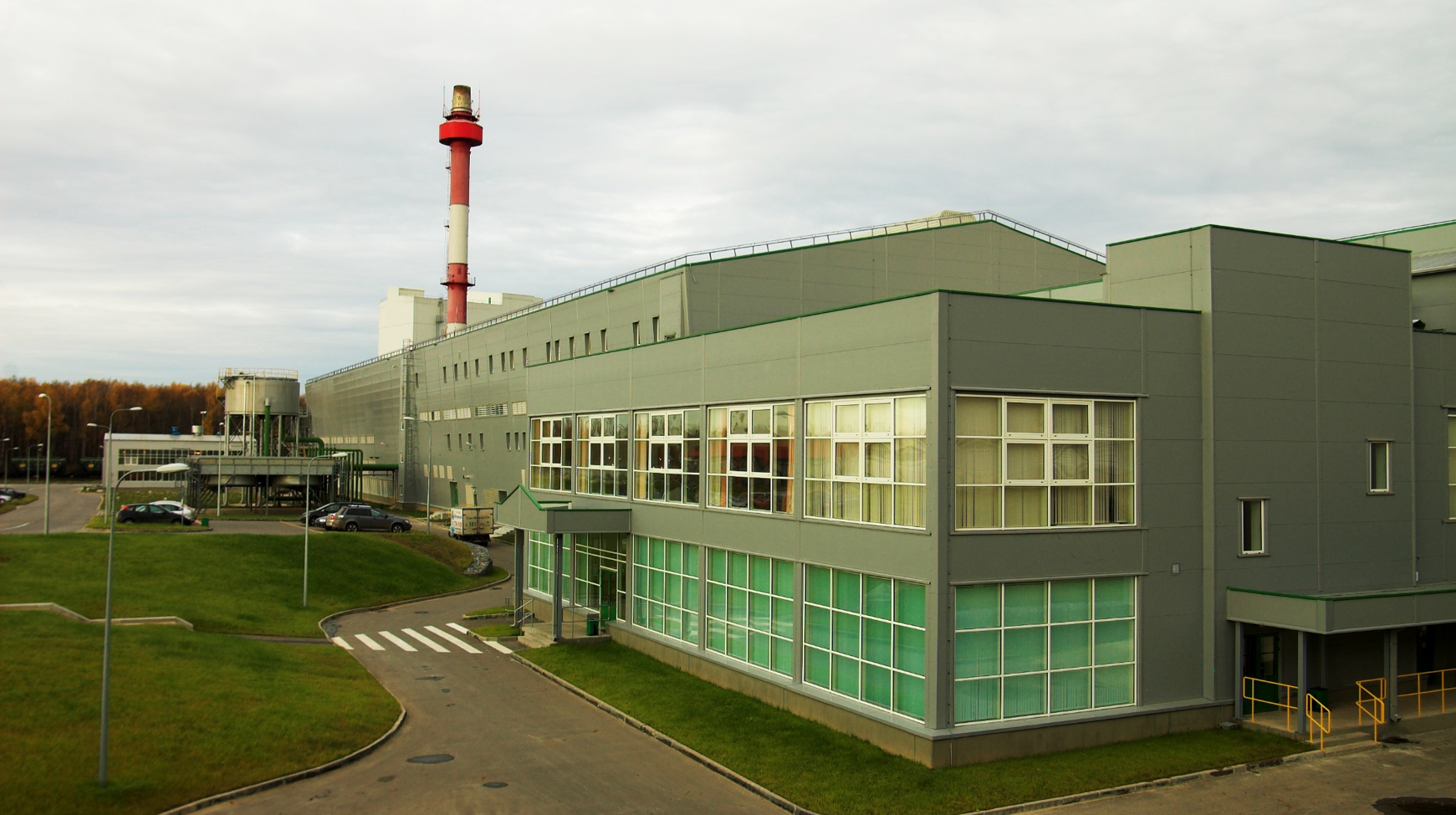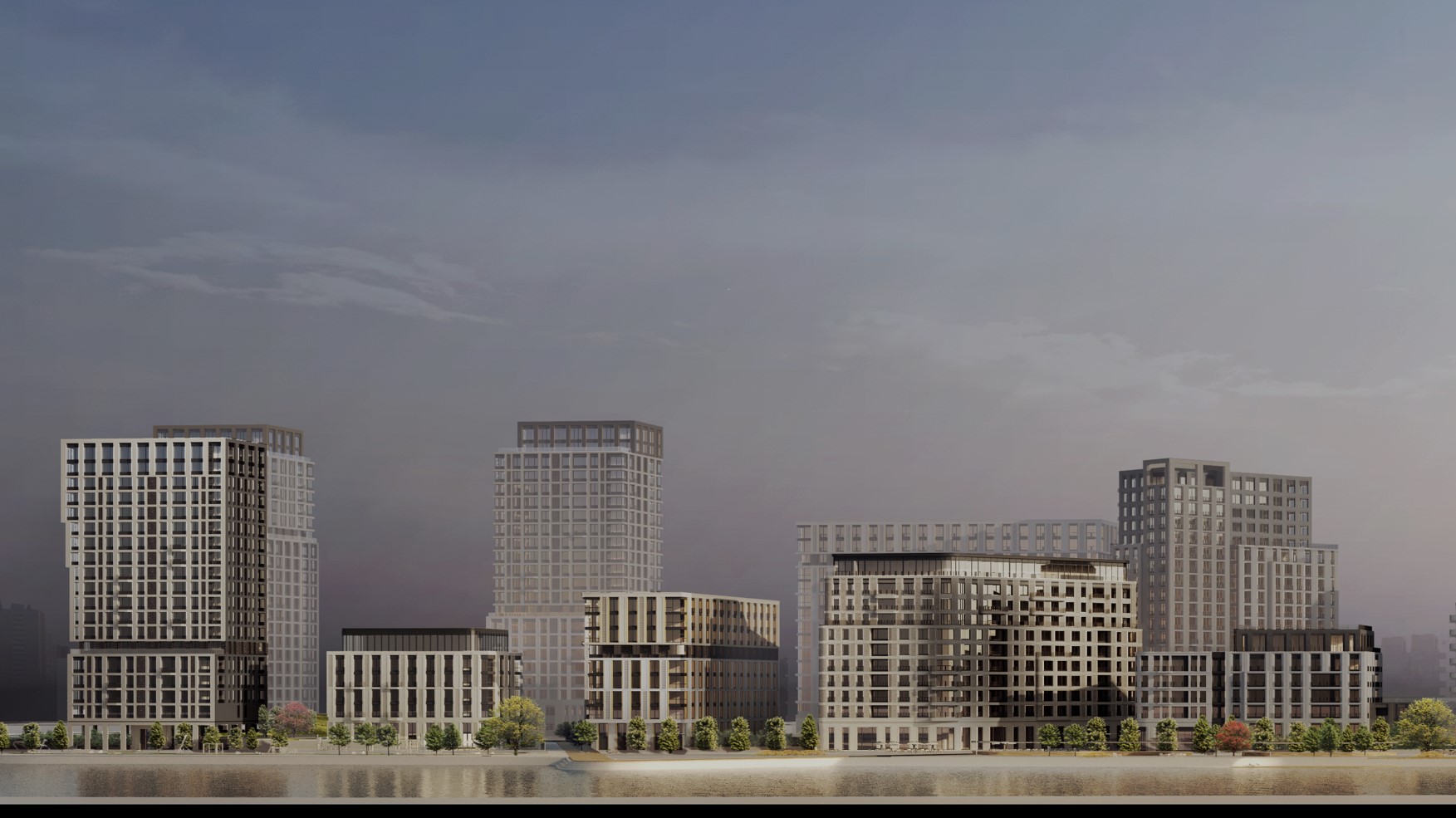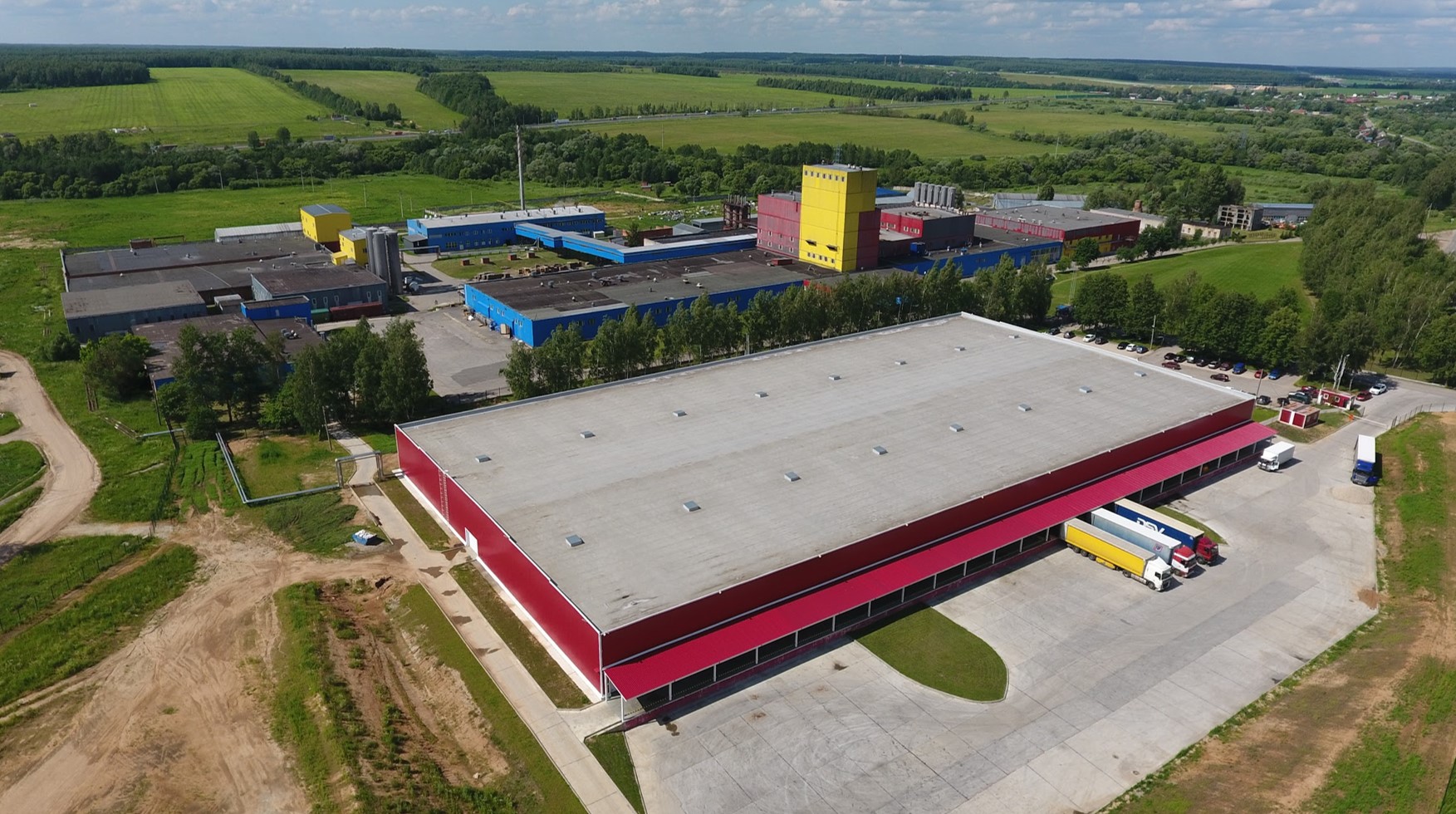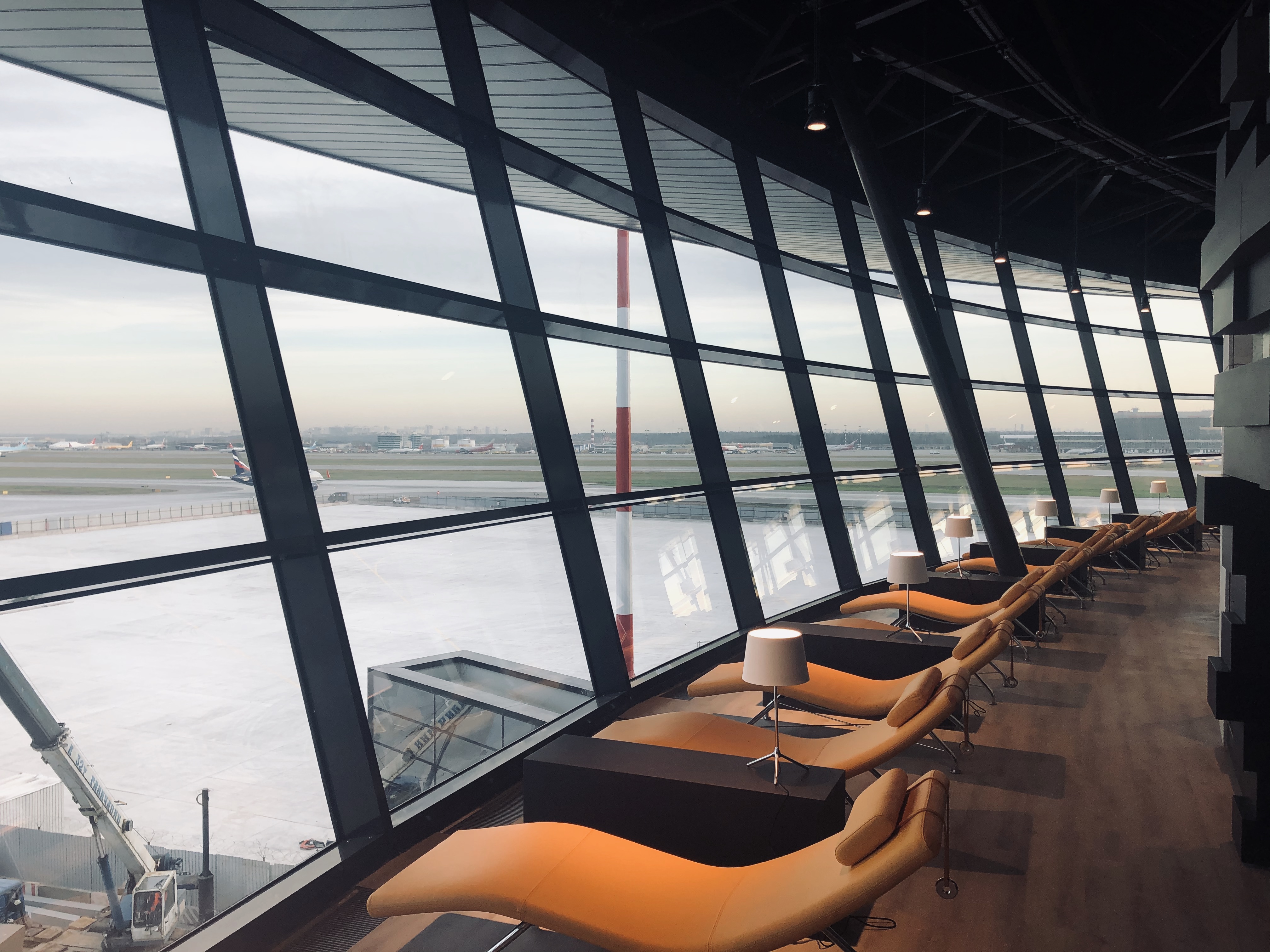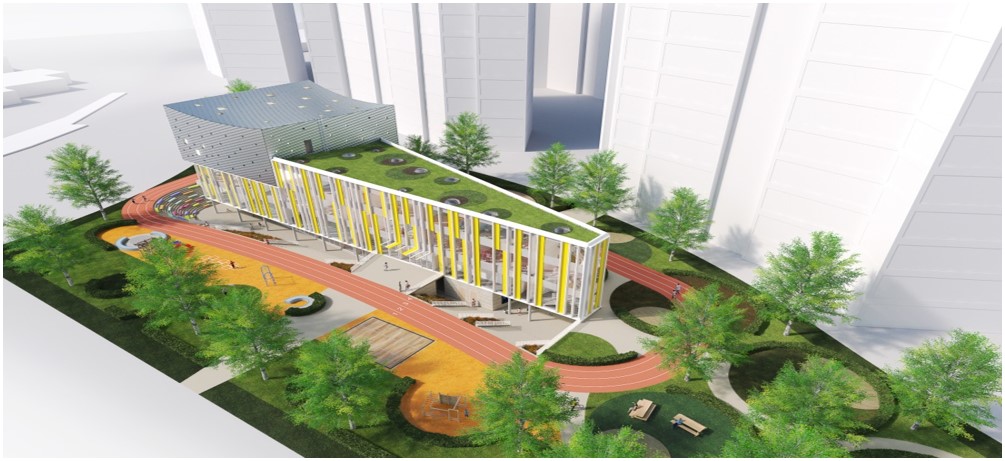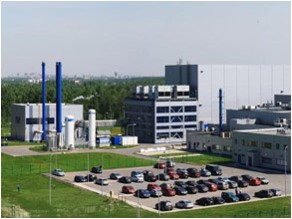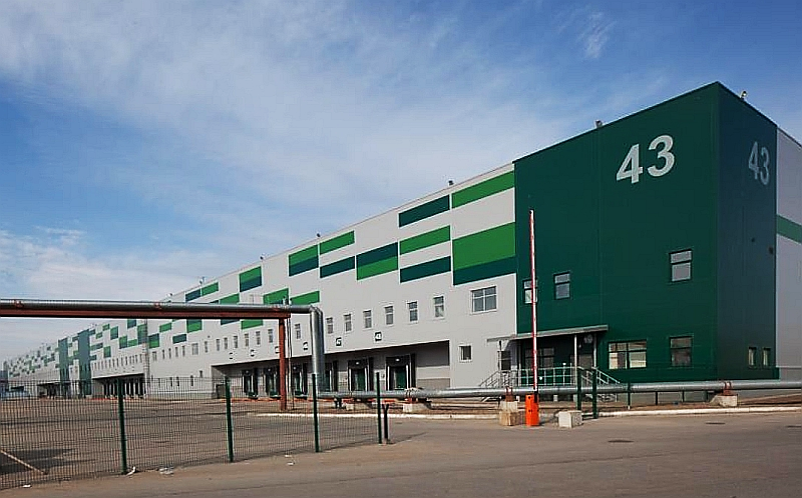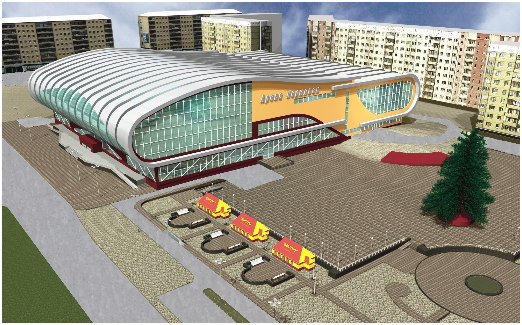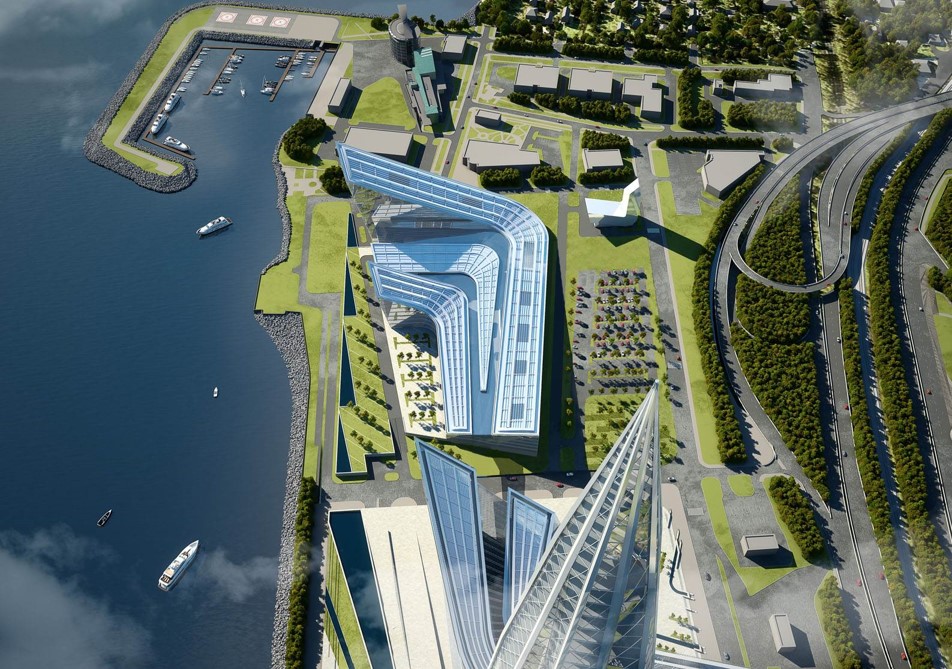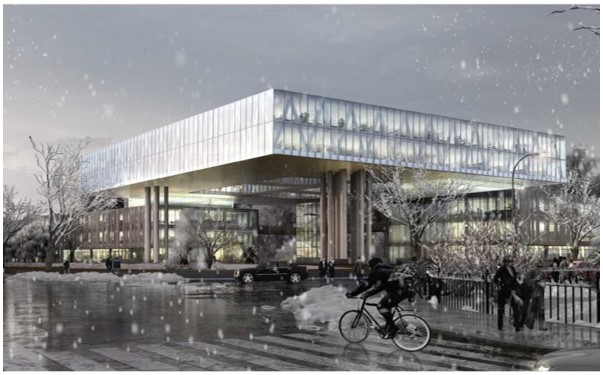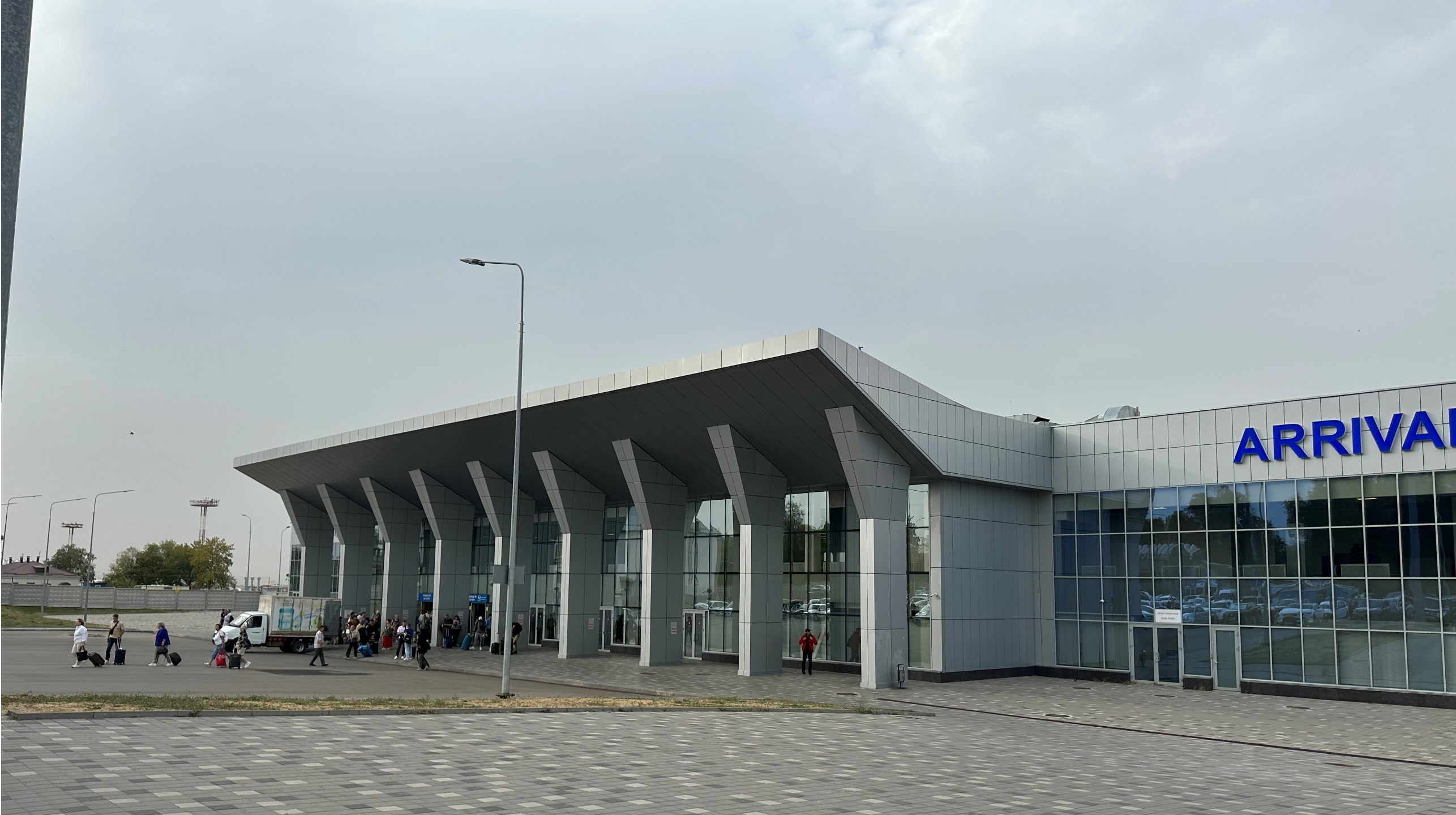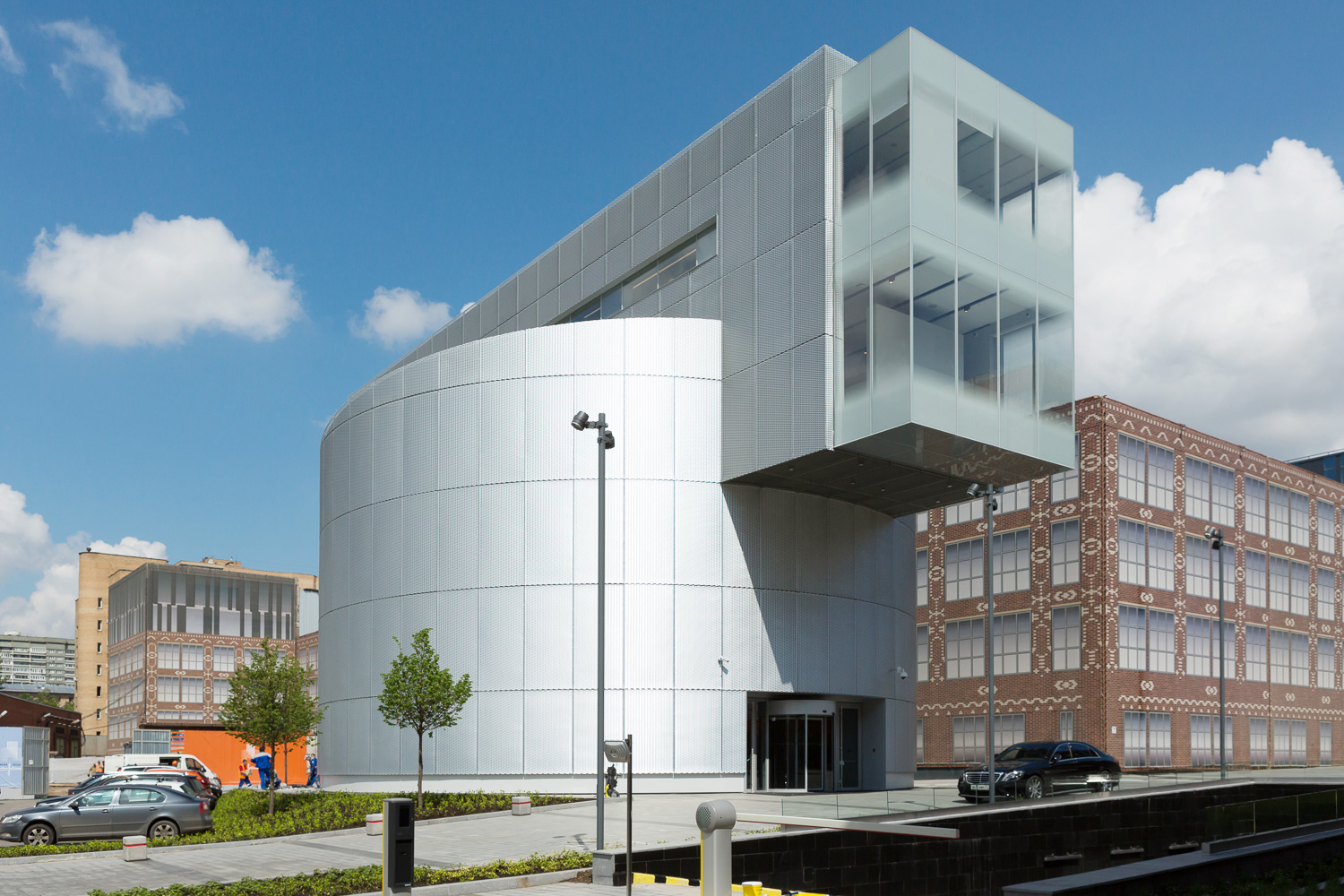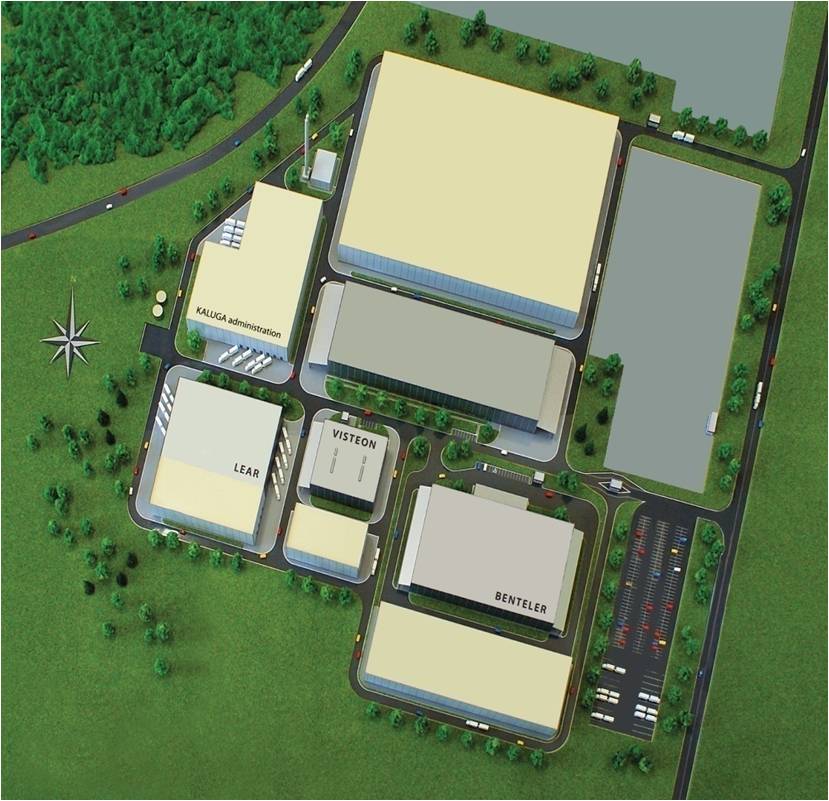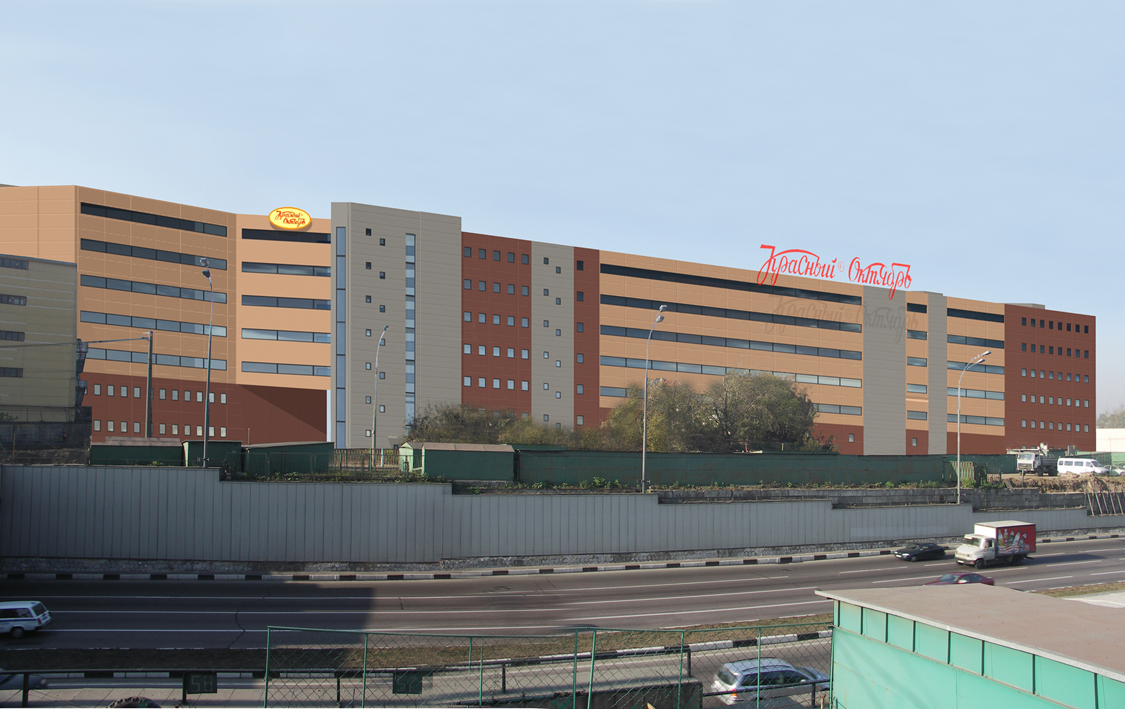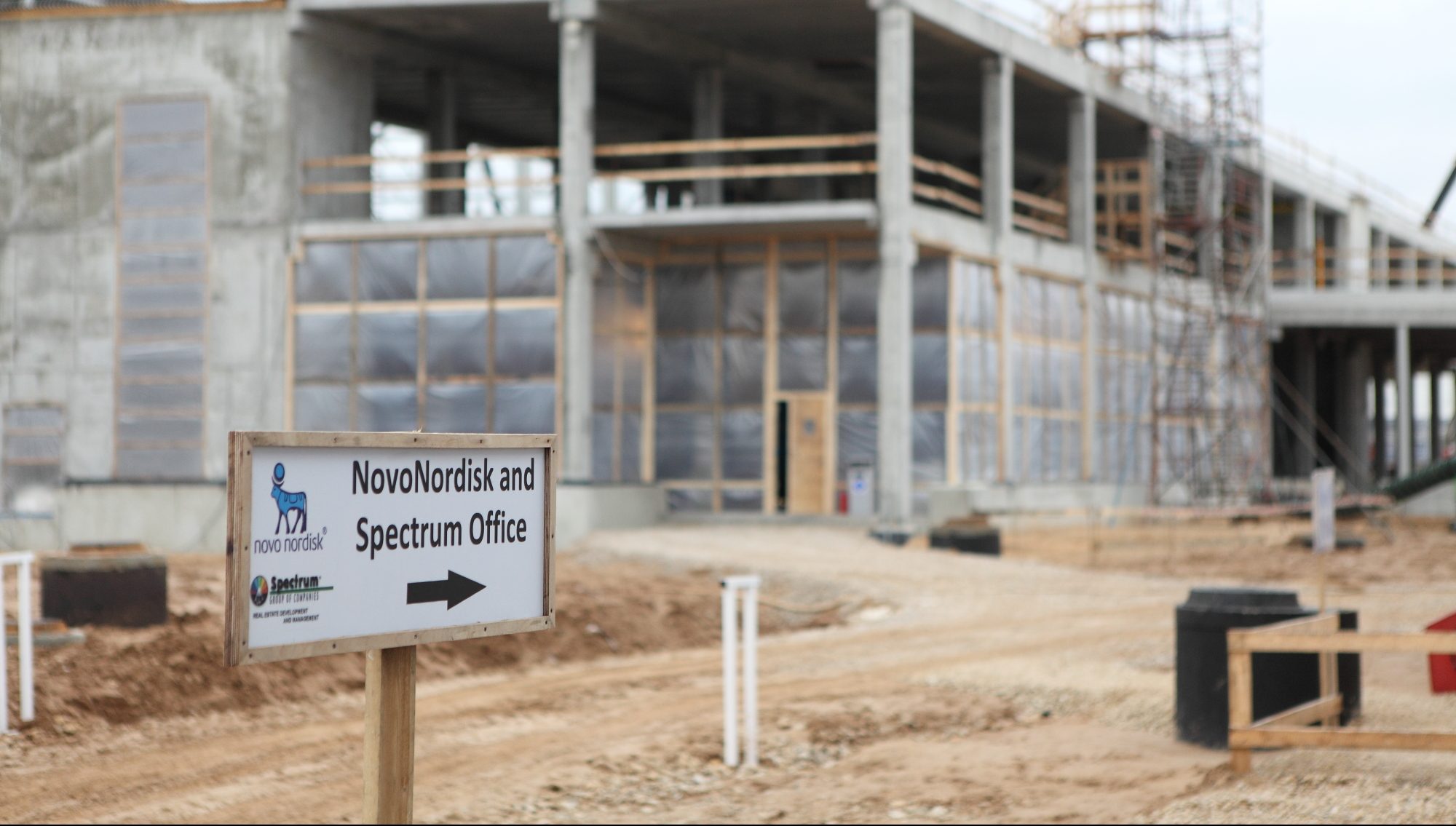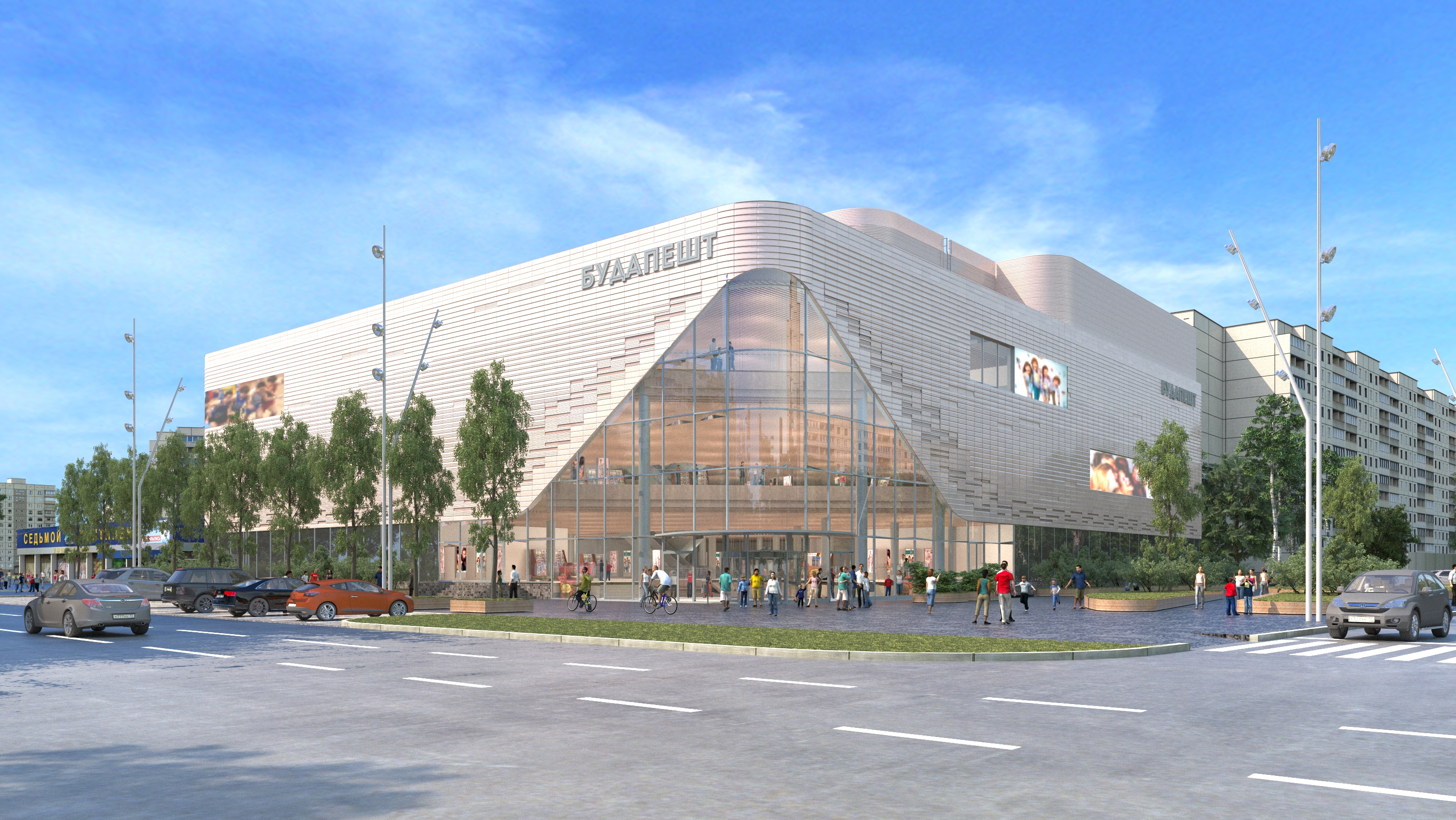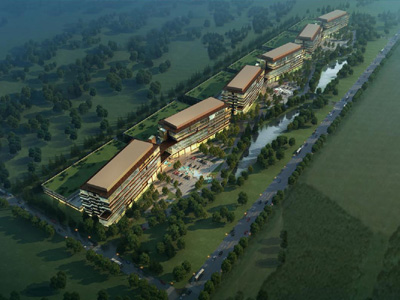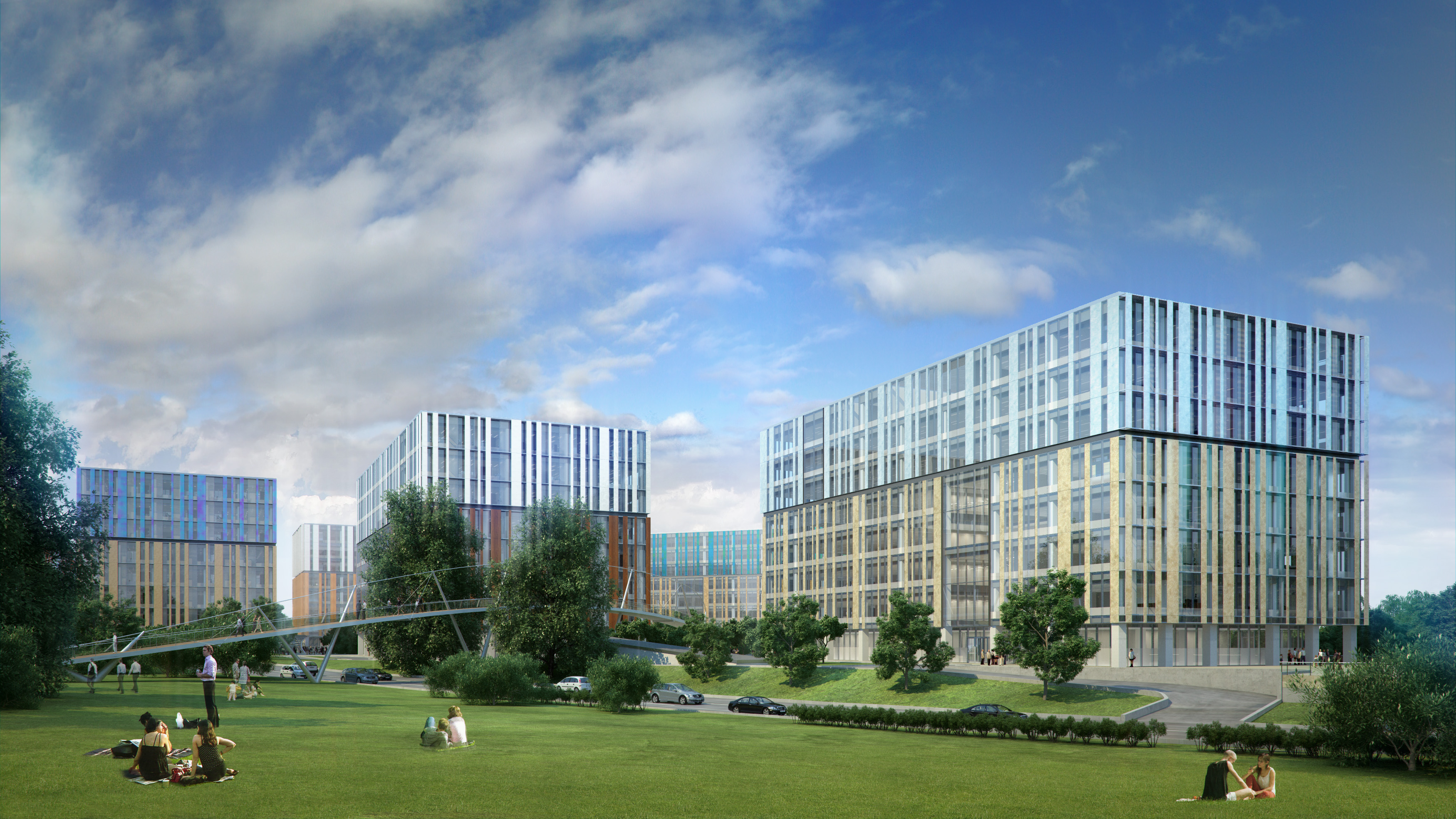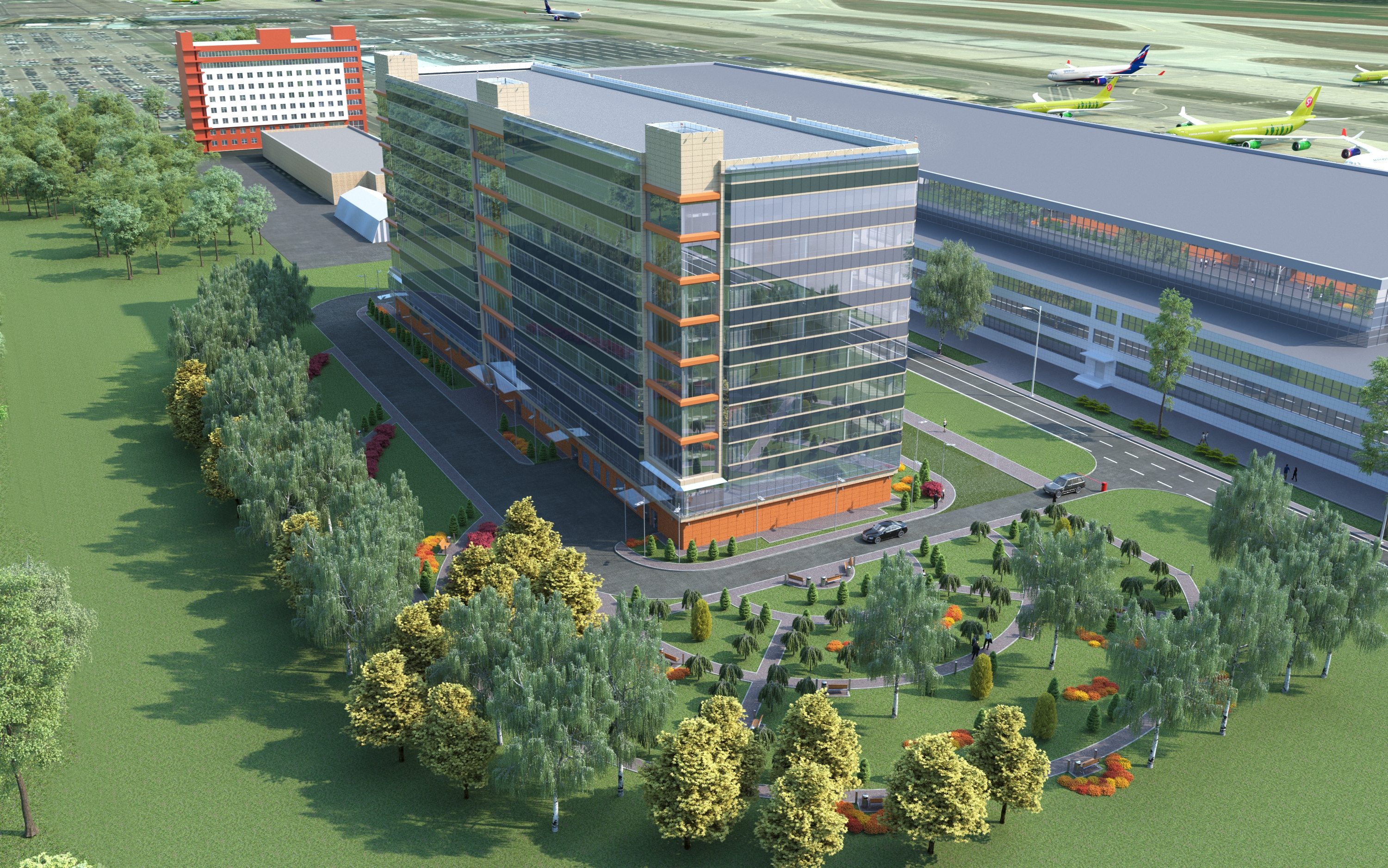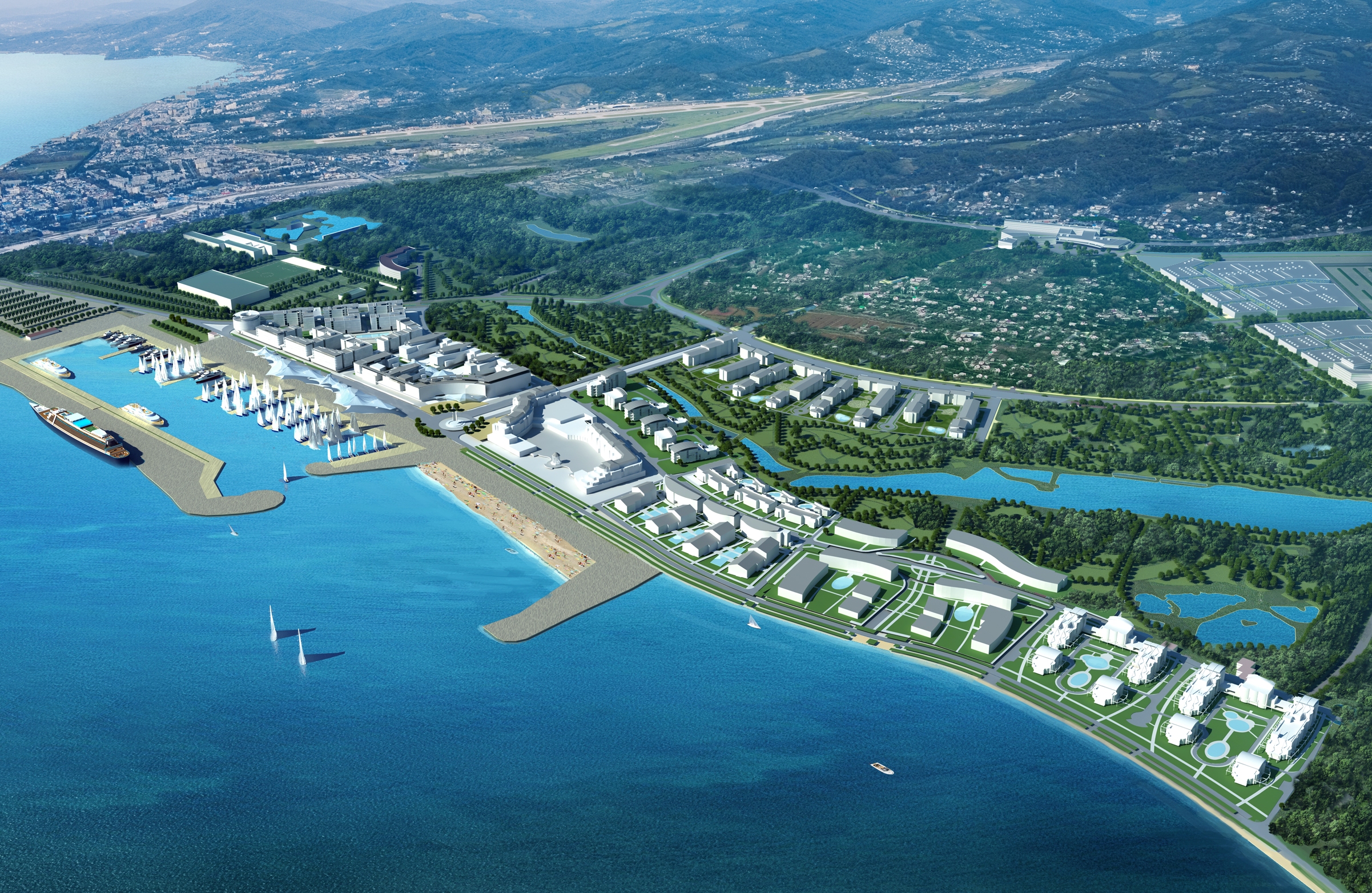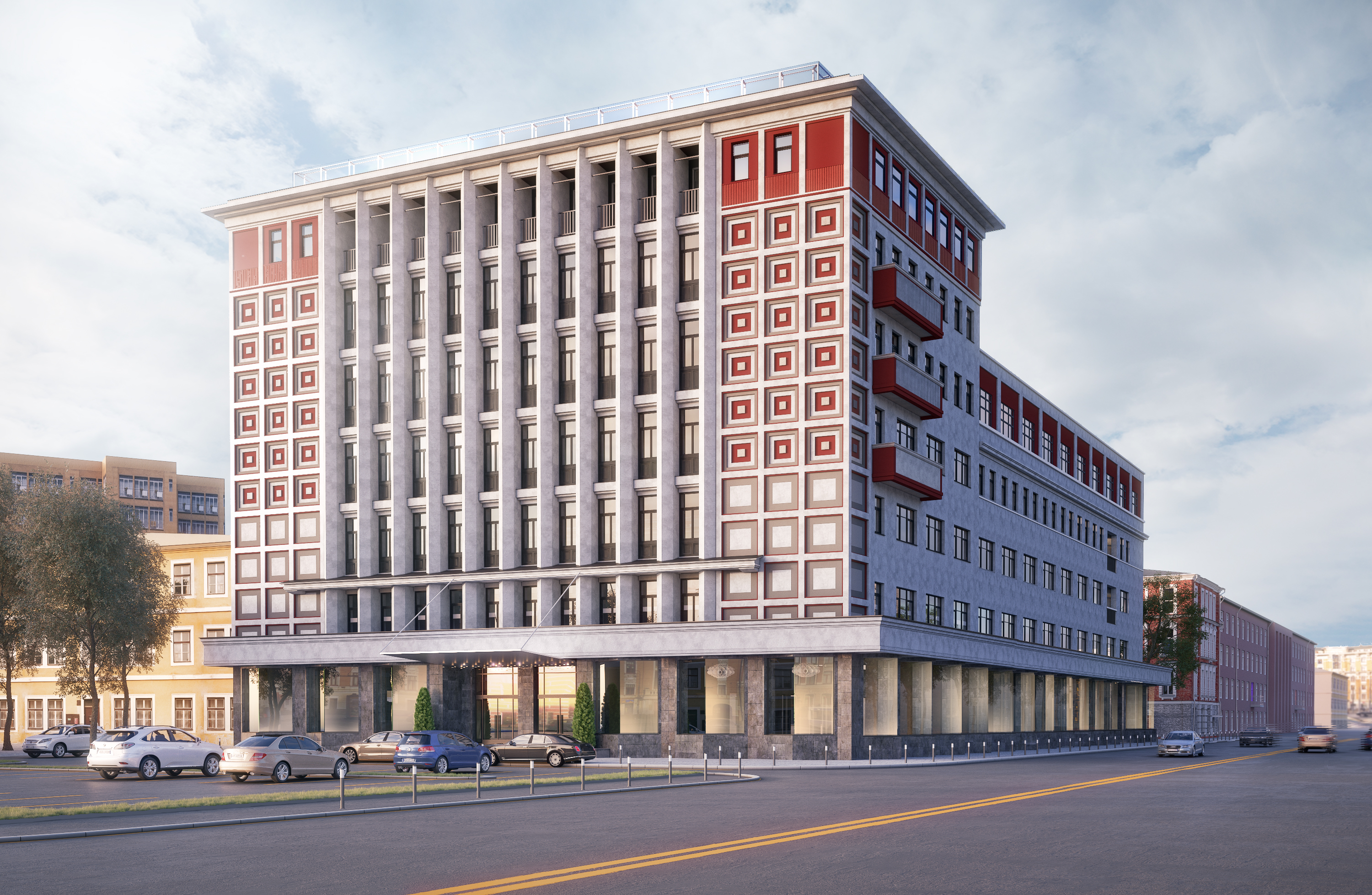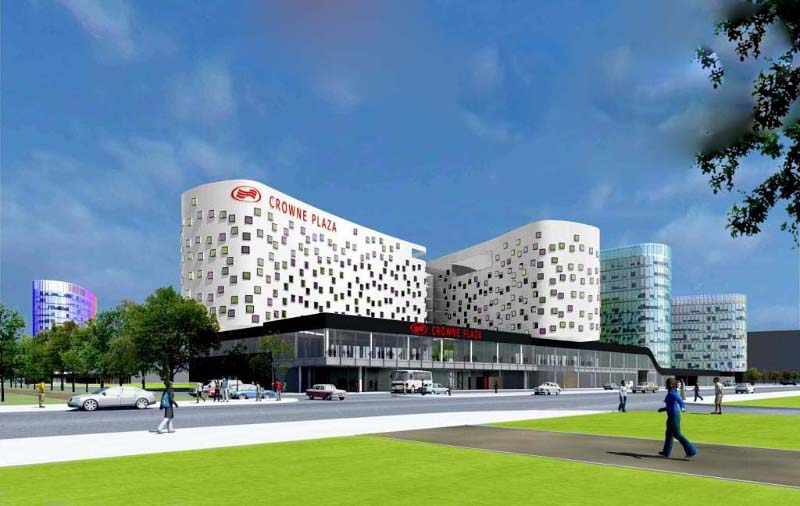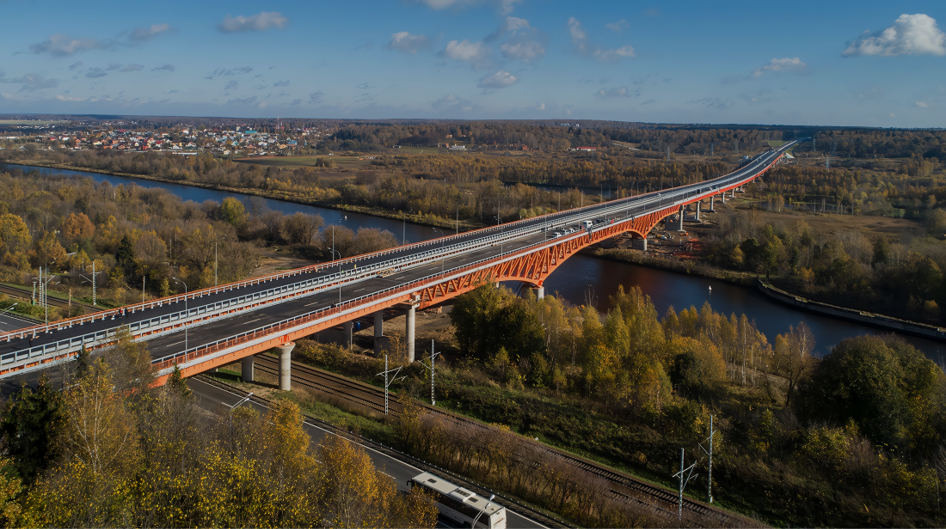Cookies & Data
This website uses cookies. If you wish to continue using our website, you agree to the use of cookie. Privacy policy.

CFD Simulation
SPECTRUM R&D SERVICES INCLUDE:
COMPUTATIONAL FLUID DYNAMICS (CFD SIMULATION)
SIMULATION OF WIND LOADS AND EFFECTS
CFD simulation is a modern way of determining wind loads and effects and presenting the results in the most suitable form for practical use.
PEDESTRIAN COMFORT ASSESSMENT
Pedestrian comfort is a measurable and regulated characteristic of an area. Its assessment makes it possible to use outdoor areas more efficiently in modern urban development projects. Environmental comfort is another significant characteristic.
INDOOR CLIMATE SIMULATIONS
CFD simulations allow for optimizing heating, ventilation, and air conditioning to achieve a higher level of comfort and energy efficiency for the premises. Other indoor climate aspects include smoke exhaust simulation and simulation of industrial pollution exhaust from indoor air.
SIMULATION OF AIR CIRCULATION OF INDUSTRIAL POLLUTION
This is to assess the efficiency of health protection zones (HPZ), and the environmental comfort beyond their borders, based on CFD simulation of the actual concentration distribution of air pollutants, taking into account the frequency of wind speeds and directions and the features of the terrain and the building.
SIMULATION OF WIND ENERGY POTENTIAL
As part of CFD simulation, taking into account the effect of the terrain on wind currents makes it possible to find the best locations for wind power generation, as well as to find the most suitable locations for placing individual wind turbines on a wind farm.
HEAT EXCHANGE COMPUTATION, ENERGY EFFICIENCY, AND GREEN BUILDING
TEMPERATURE FIELDS SIMULATION
Simulation of temperature fields and heat currents inside the building envelope taking into account nonhomogeneous heat (heat or cold bridges) has become an essential tool for modern energy-efficient construction.
SIMULATION OF THE TEMPERATURE REGIME OF STRUCTURES
Simulation of temperature fields is required for solving the issues of structural fire resistance and integrity, taking into account the effects of temperature (thermoelasticity).
COMPUTATIONAL MULTIPHYSICS OF BUILDINGS AND STRUCTURES
MULTIPHYSICS SIMULATION OF BUILDINGS AND STRUCTURES
Calculation of various loads and effects all combined in a single design model helps to improve the accuracy of calculations for buildings and structures.
ESTIMATIONS FOR OPTIMIZING BUILDING STRUCTURES
Estimations for optimizing building structures are most effective at the first stages of the project development. They are based on computation of all possible options for the design model in order to find the best design for the building or any of its structures.
SIMULATION OF REAL IMPACTS ON METAL STRUCTURES
Non-linear analysis of the three-axis strain-stress behaviour of steel in metal structures taking into account the loads on fittings and bolts helps to ensure the quality of a modern, robust, and cost efficient design.
SIMULATION OF REAL IMPACTS ON REINFORCED CONCRETE STRUCTURES
This is a non-linear analysis of the loads applied to reinforced concrete structures, calculating the loads applied to the concrete and steel reinforcements as separate construction materials interacting with each other.
RESOLVING COMPLEX ISSUES OF DESIGN-BASIS JUSTIFICATION
DEVELOPING THE ENERGY EFFICIENCY SECTION OF DESIGN DOCUMENTATION
We develop the 'Energy Efficiency' section of design documentation according to the latest requirements, using computer simulation of temperature fields.
EXPERT ASSISTANCE IN AERODYNAMICS AND WIND-TUNNEL TESTING
The results of aerophysics wind-tunnel testing often require additional engineering analysis for obtaining the initial data on wind loads and effects required for project development.
CALCULATION AND TESTS OF BUILDING AERODYNAMICS
CFD simulation, including validation of the numerical model based on wind-tunnel tests enables adding the advantages of modern numerical simulation to the results of standard aerodynamics tests, while reducing the aggregate costs of tests.
CONSULTING AND SUPPORT IN THE AREA OF DESIGN-BASIS JUSTIFICATIONS AND COMPUTER SIMULATION OF PROJECTS
Our approach is using high-tech numerical simulation for efficient resolution of real-life problems. We use our real-life experience to improve your project.


